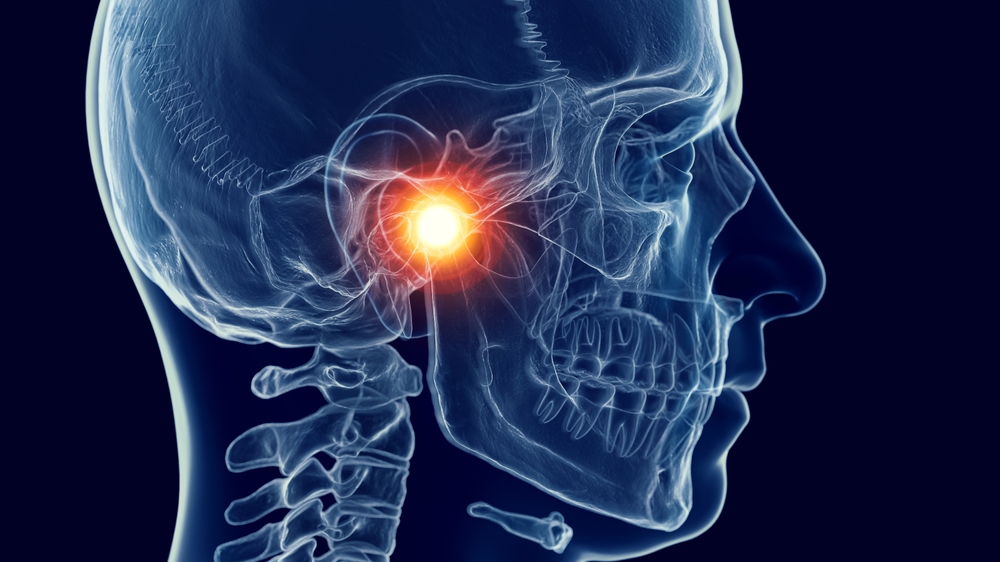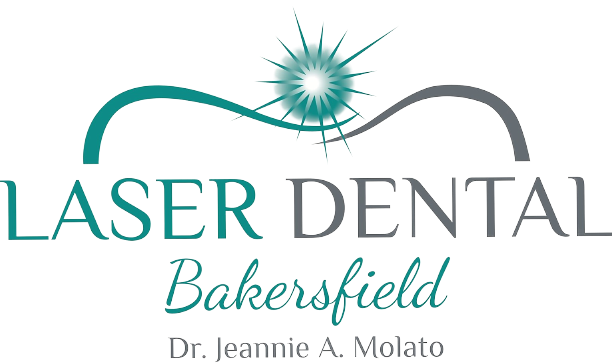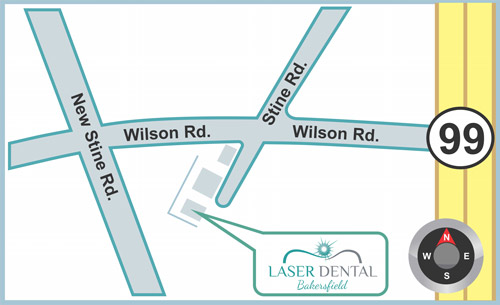It’s not a surprise that hypnosis isn’t a common subject to arise in conversations about dentistry. However, recent research has shown that there may be some benefits to the age-old practice of mesmerism. One area it has seen significant implementation is that of mental health care. This practice taught patients how to ease anxiety, conquer phobias, and more. The practice of hypnotherapy has been around since the 1800s, but it remains an integral part of certain forms of treatment. Its ability to ease stress and relieve phobias has helped it find a place in the world of dental care. We will explore the surprising place of hypnosis in the modern world of dental care below.
How Hypnosis Benefits Dental Practices And Patients
First, let’s talk about hypnosis and what it is or isn’t. In the broadest possible terms, hypnosis is a practice that renders the subject into a form of half-sleep. In this state, the individual retains a certain degree of awareness while appearing fully conscious. The hypnotic trance is a way to affect some degree of pain relief without the use of analgesics or other sedatives. Further, it can ease anxiety and make the patient more cooperative with the dentist’s work. Some are skeptical of the effectiveness of this treatment. While it is not an approach that will work for every patient, it can help many patients.
Those who undergo hypnosis in a dental setting are often those for whom traditional approaches may not work. Some are sensitive to the sedatives and anesthetic typically used in these procedures. Others may suffer from dental phobias that make receiving care difficult. One major benefit is the twilight awareness the patient exhibits during these sessions. They can easily communicate their concerns to the dentist and comply with their instructions. They accomplish this while remaining calm and collected. This form of treatment has even been used to help those who suffer from sensitive gag reflexes.
Is Hypnosis Truly Effective?
As we mentioned above, hypnosis isn’t effective for every patient. It can be particularly useful in many children, particularly those with dental anxiety and bouts of an overactive imagination. Those with these conditions seem to respond to hypnotic suggestions more easily than others. Nitrous oxide can enhance the effectiveness of this approach, allowing the patient to reach a hypnotic state with ease. However, there are alternatives for those who are opposed to this approach. One such approach is using nitrous oxide alone. This sedative has been used for treating dental anxiety for many years. It’s a form of sedation known as “conscious sedation” that leaves the patient aware while cooperating with the dentist’s needs. It is safe, easily adjusted, and has almost no side effects. Recovery from nitrous oxide takes mere minutes after the mask has been removed. Speak to your dentist to see their available options for easing your dental anxiety during treatment.










